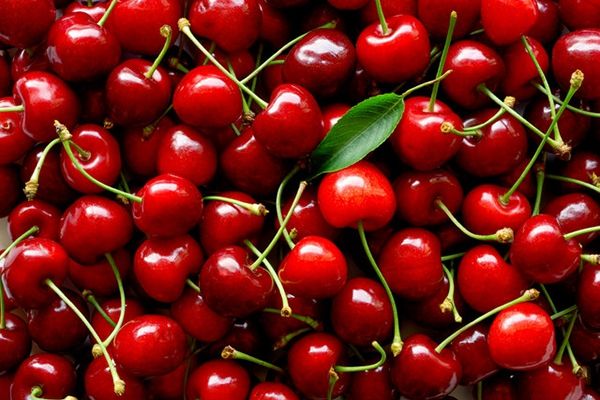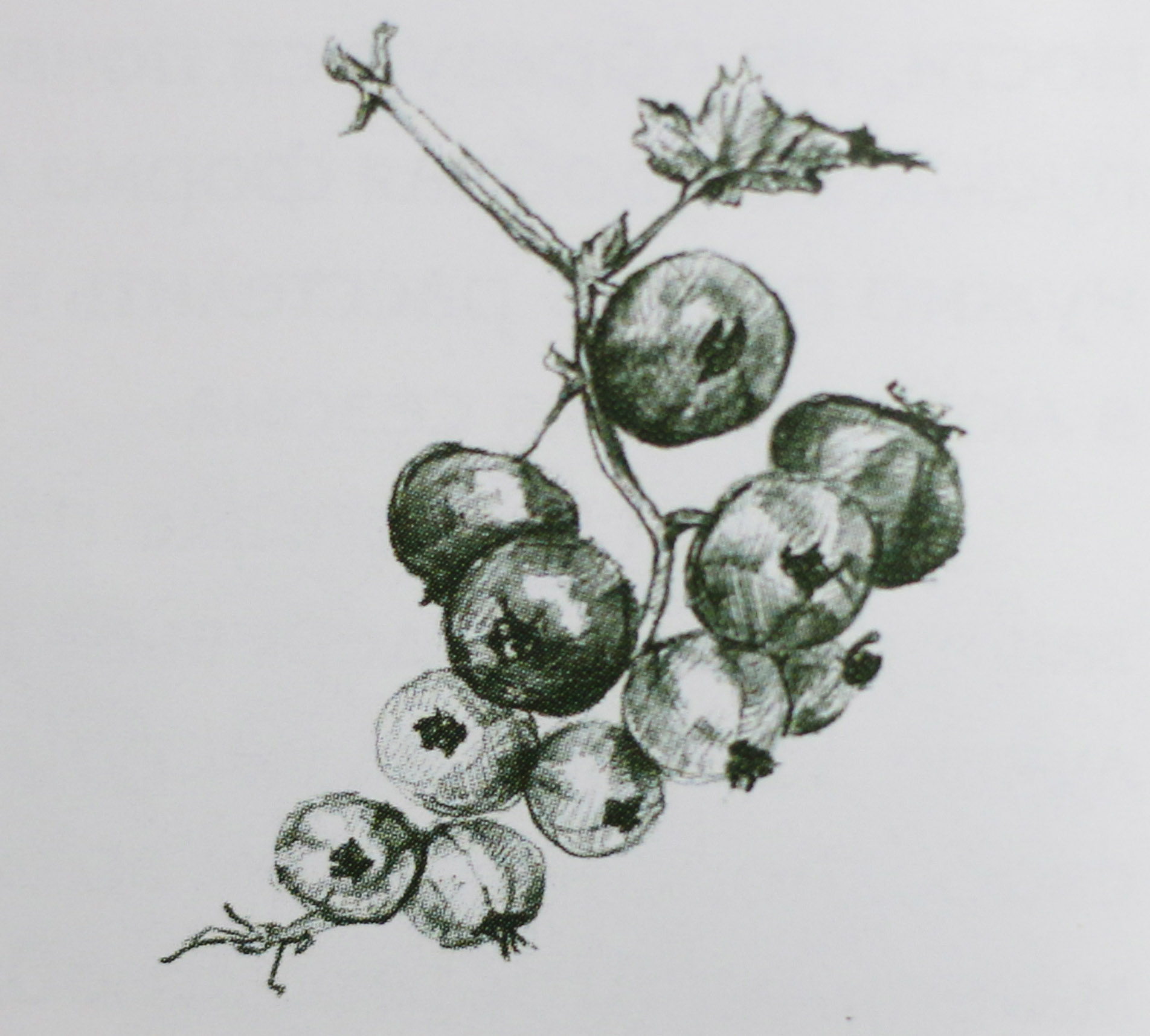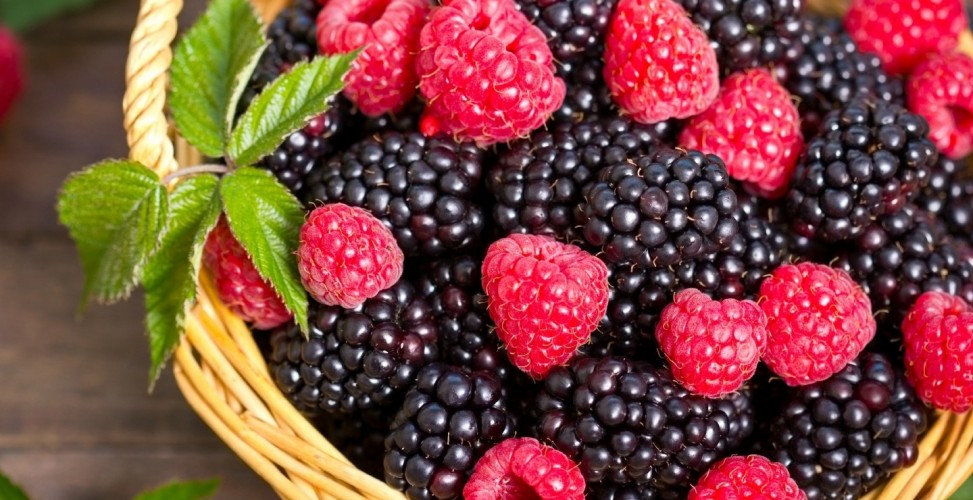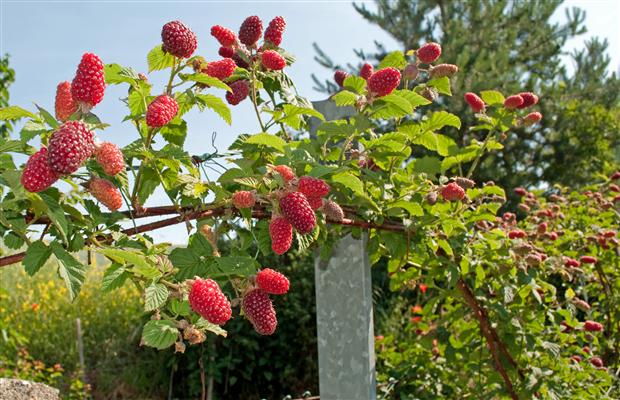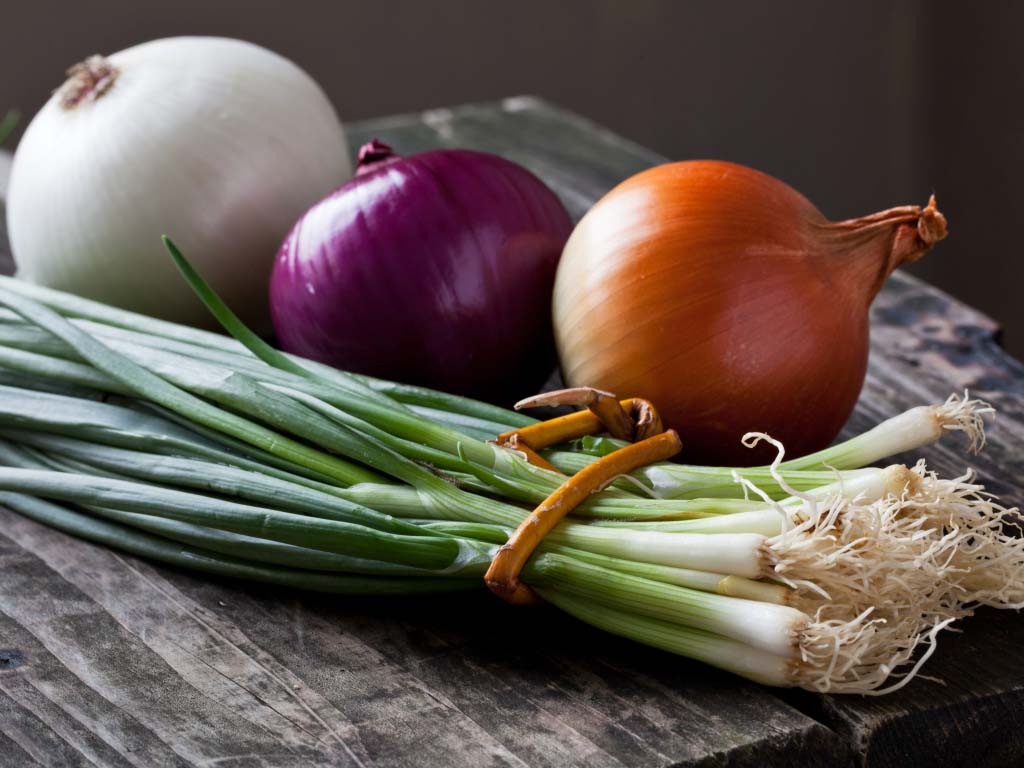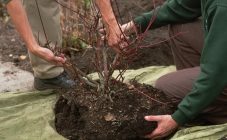Content:
So that the plant decorates the site with its appearance, and at the same time receive a stable harvest every year - everyone dreams of this. For this desire to be realized, a novice gardener sometimes has to collect information on how to care for cherries, and as a result, to have a good harvest, from many sources.
Features of cherry care in spring
The gardener often faces a difficult choice problem, since there are a huge number of cherry varieties. They differ among themselves according to such characteristics as: ripening time, size of berries or region of distribution.
All cherry varieties differ in different ways: ripening period, fruit size or growing region.
According to the ripening period, the varieties are divided into:
- early: Spunk, Chocolate Girl, Baby. Their ripening period is from early June to mid-July. These varieties are characterized by increased frost resistance;
- medium early: Turgenevka, Kharitonovskaya, Vladimirskaya. Ripen by mid-summer. Their main advantage is excellent taste;
- late: Generous, Robin, Lyubskaya. They ripen last - by the end of summer, early autumn.
Garden cherry can grow as a shrub, or it can be a tree up to ten meters high.
Cherry care in spring
At this time of the year, every fruit tree needs attention. How to care for cherries in spring so that a good harvest is ensured - learn more from experienced gardeners for tips on care. Spring care includes planting on time, pruning, cleaning around the tree, whitewashing the trunk, and pest control.
Landing
At first glance, how to plant and how to care for cherries are two different topics. But the harvest of more than one year depends on how the planting will be done, which means it will not be superfluous to focus on it. The development of the tree will depend on the choice of the seedling as long as the cherry grows. And she can live and bear fruit for more than 10 years.
What you should never do when choosing a planting material is to buy it on the market or from your hands. Even a specialist cannot always determine the quality of a seedling by its appearance. It will be safer to purchase seedlings in a specialized fruit nursery, which for the most part value their reputation very much, and are unlikely to stoop to deceiving the buyer.
You should not choose large seedlings, they have a strong root system and it can be easily damaged when the tree is dug up for sale. It is safer to buy small annual seedlings, they take root in a new place much easier, and are a little cheaper.
Before planting a cherry tree in the country or on a personal plot, you must take into account some of the features of this fruit crop:
- cherry loves sunlight, and does not like close-lying groundwater. It is better to plant it on a hill;
- both loamy and sandy loam soil are equally suitable for this plant. It is important that the soil is fertile with neutral acidity;
- you can plant cherries next to a high fence, but only on the sunny side. In the shade, it can grow, but it will not bloom.
The optimal time for planting cherries is the first half of April, while the buds have not yet blossomed. First, a pit is prepared with a depth of 40-45 cm and a diameter of about half a meter. A peg is installed in the middle of the planting pit, which will serve as a support for the seedling. A hole is made around the trunk, through which the tree is watered with warm water. The land around the seedling must be mulched. Sawdust or humus is usually used as mulch.
Excess shoots are immediately removed from the planted tree. On the one hand, this facilitates the work of the root system, which at this time is still insufficiently developed, on the other hand, it contributes to the formation of a beautiful and neat crown.
The choice of a place for planting a cherry tree must be approached more than seriously. Cherry does not tolerate transplantation very well. But if, nevertheless, such a need arose, then it is better to do it in the spring, before the start of the movement of the juice. In this case, there is a possibility that the tree will be able to take root over the summer.
Pruning
This procedure is performed very first, as soon as the cold has receded and the snow has melted. Pruning should be started before the buds are swollen, but always in warm weather. This operation must be approached competently and carefully. If the pruning is done incorrectly, then there may be no fruiting at all.
Whitewash
This operation will provide the tree with reliable protection from parasites and all kinds of pests. Before whitening the tree, it will be useful to treat the wounds and cuts found on it. They are first treated with copper sulfate, and then painted. In addition, whitewashing plays an important aesthetic role. A whitewashed tree is a decoration for a garden plot.
Cleaning and digging
As soon as the ground in the garden is dry, last year's grass and other debris is removed around the tree. Immediately after harvesting, the earth is dug under the tree. The roots of the tree are shallow, so be careful when doing this. Digging has a beneficial effect on the development of the tree, because more air flows to its roots. Sometimes it is useful to heed the advice of seasoned gardeners, and instead of digging cherries in the spring, do it in the fall. Then all parasites will die during the winter.
Top dressing
The first time the tree is fed towards the end of spring. Of course, spring in the suburbs or, say, in the Urals does not come and end at the same time. Therefore, it is better to set the time of the first feeding at the end of flowering. At this time, the best top dressing is manure mixed with ash and diluted with water. One bucket of manure, 1 kg of ash and 6 buckets of water. After two weeks, you can feed it again in a similar way.
At the same time, before flowering, it is useful to apply nitrogenous fertilizers under the tree - urea or ammonium nitrate. They are introduced into the soil as a solution. There will be little benefit from spraying at this time, only branches are treated, since there are no leaves on the trees yet. It is the leaves that primarily absorb microelements. Therefore, feeding with nitrogen-containing compounds is carried out through the roots. Chicken droppings can be used for this feeding, but this must be done with great care. An excess of this fertilizer will damage the root system.
Pest control
They are mainly fighting pests in the fall. But one should not relax in spring either. After hibernation, all possible pests and parasites are activated just at this time.They are able not only to affect the harvest of the current year, but also to destroy the plant completely. For this reason, you should know what the most common and dangerous pests look like, as well as the main symptoms of some cherry diseases. And information about the causes of this misfortune will help to avoid many troubles.
The most common and dangerous cherry diseases
Coccomycosis
Spores of this fungus hibernate under a tree, in fallen leaves. After waking up from hibernation, they are able to infect the entire open part of the tree: leaves, branches, petioles, and finally berries.
The disease is manifested by the appearance of dark red spots on the leaves. Then their color turns brown. The tissue of the leaf affected by the fungus dies off, and a hole forms in this place.
Moniliosis
Also a fungal disease. Its spores are spread by wind in cool and rainy weather. The first to suffer from this disease are flower pistils. The entire tree is then affected, including the bark and trunk. A tree affected by moniliosis looks like it has after a fire.
In addition to fungal diseases, such pests as: cherry aphid, slimy sawfly, weevil and the well-known hawthorn butterfly inflict considerable harm on the cherry orchard. The butterfly itself does no harm. Another thing is its caterpillar.
The health of any cultivated plant depends primarily on proper care for it. Compliance with all the rules of agricultural technology significantly increases the immunity of the plant, thereby reducing the likelihood of disease. However, there are factors that do not depend on the gardener:
- first of all, these are weather conditions;
- injuries sustained by a tree as a result of mechanical impact on them;
- various pests - carriers of bacteria;
- diseases of trees in the vicinity.
If the cause is established, eliminating it, it will be much easier to cope with the disease.
As soon as the ground under the tree dries up, it is necessary to carry out a comprehensive treatment not only from pests and parasites, but also from insects and diseases of berry crops. For this purpose, systemic means are used that are effective in combating the entire spectrum of hazards. When spraying with a systemic agent, it is important to irrigate not only the branches and crown of trees, but also the soil under them. For cherries, the best such remedies are Bordeaux mixture and azophos. Complex spraying is best done just before flowering. You can repeat it immediately after the color began to crumble.
The importance of spring care is enormous; it forms the basis of the entire harvest. However, do not forget that the rest of the time cherries require attention. Even in the winter.
